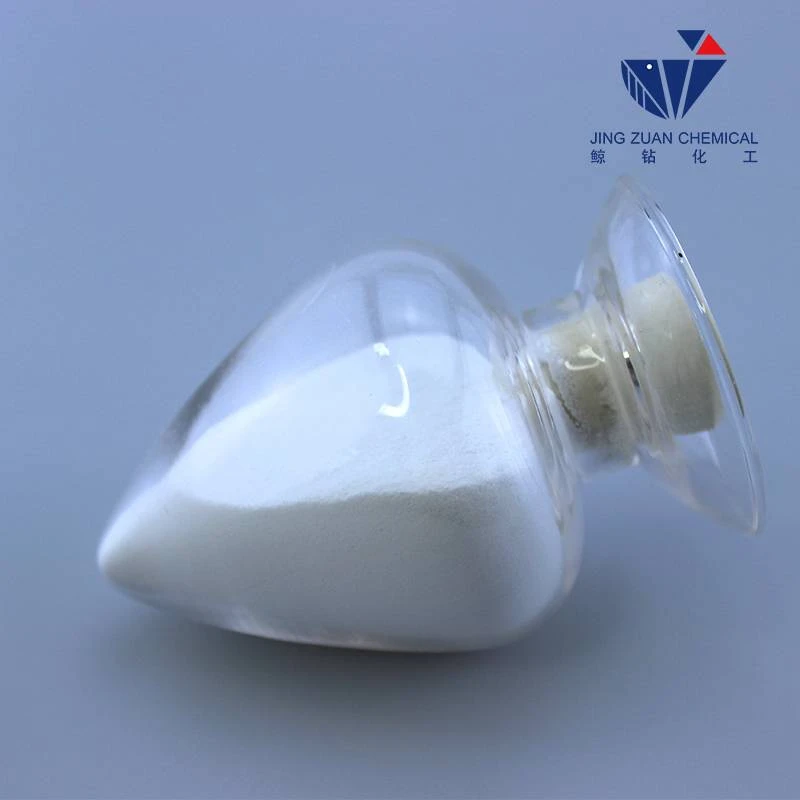
Nov . 23, 2024 13:43 Back to list
re dispersible polymer powder
Understanding Redispersible Polymer Powders Applications and Benefits
Redispersible polymer powders (RDPs) have gained significant traction in various industries, particularly in construction and coatings, due to their unique properties and versatility. These powders are produced through the spray-drying of dispersions of synthetic polymers, allowing them to be easily re-dispersed in water. As a result, they serve various applications, offering enhancements in adhesion, flexibility, and durability.
Understanding Redispersible Polymer Powders Applications and Benefits
In addition to construction, RDPs are also widely used in the production of paints and coatings. The use of these polymers in formulations results in improved performance characteristics such as better adhesion to substrates, increased water resistance, and enhanced durability against external elements. This ensures a longer lifespan for painted surfaces and reduces the frequency of maintenance and repainting.
re dispersible polymer powder

The benefits of using redispersible polymer powders extend to their environmental impact as well. As water-based products become increasingly popular due to environmental concerns, RDPs provide a sustainable alternative to solvent-based systems. They allow for the creation of low-VOC (volatile organic compounds) formulations, which minimize air pollution and contribute to a healthier indoor environment. Additionally, because RDPs are provided in a dry powder form, they facilitate easier transportation and storage, reducing the overall carbon footprint in the supply chain.
Moreover, RDPs can enhance the performance of various specialty products. In the field of adhesives, for instance, RDPs improve the bonding strength of products used for a wide range of materials. This is particularly beneficial in applications requiring strong adhesion to non-porous substrates, such as glass, metals, and plastics.
Despite their numerous advantages, it's crucial for manufacturers to understand the specific requirements of their applications when selecting redispersible polymer powders. Factors such as polymer type, particle size, and viscosity can vary significantly and may influence the final product's performance. Therefore, thorough testing and formulation adjustments are essential to ensure that RDPs achieve the desired characteristics for each unique application.
In conclusion, redispersible polymer powders represent a pivotal innovation in the construction and coatings industries, among others. Their ability to improve the performance and sustainability of various products makes them an essential component in modern formulations. As the demand for environmentally friendly and high-performance materials continues to grow, the role of RDPs is expected to expand, driving further advancements in performance and application versatility.
-
Versatile Hpmc Uses in Different Industries
NewsJun.19,2025
-
Redispersible Powder's Role in Enhancing Durability of Construction Products
NewsJun.19,2025
-
Hydroxyethyl Cellulose Applications Driving Green Industrial Processes
NewsJun.19,2025
-
Exploring Different Redispersible Polymer Powder
NewsJun.19,2025
-
Choosing the Right Mortar Bonding Agent
NewsJun.19,2025
-
Applications and Significance of China Hpmc in Modern Industries
NewsJun.19,2025







